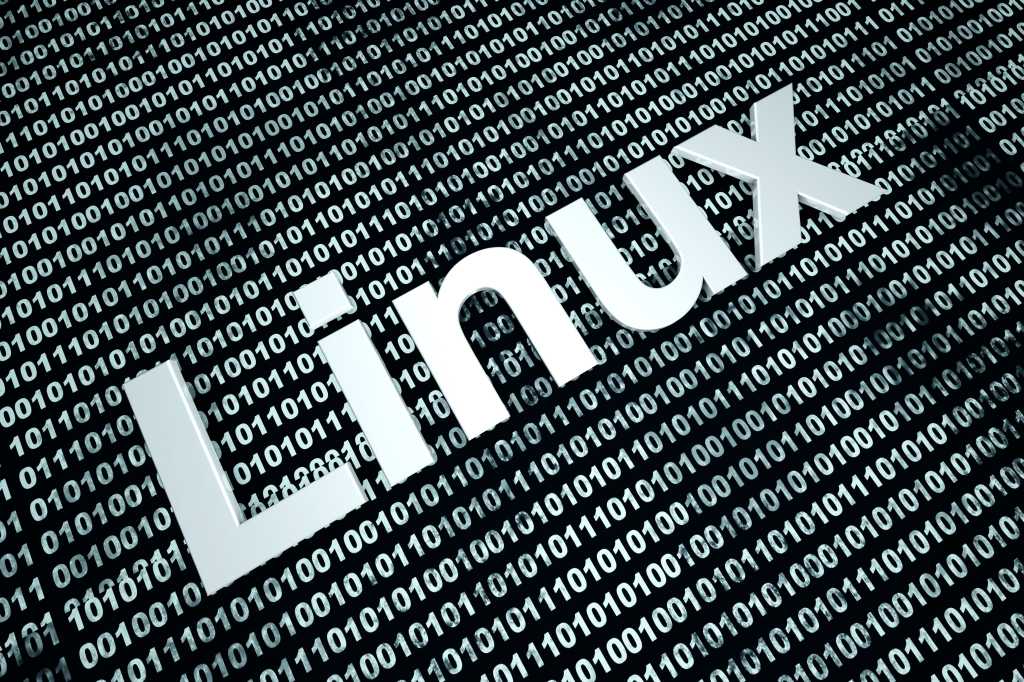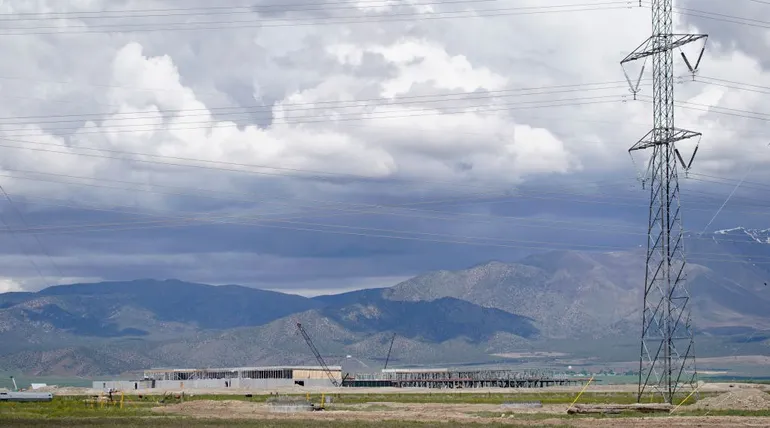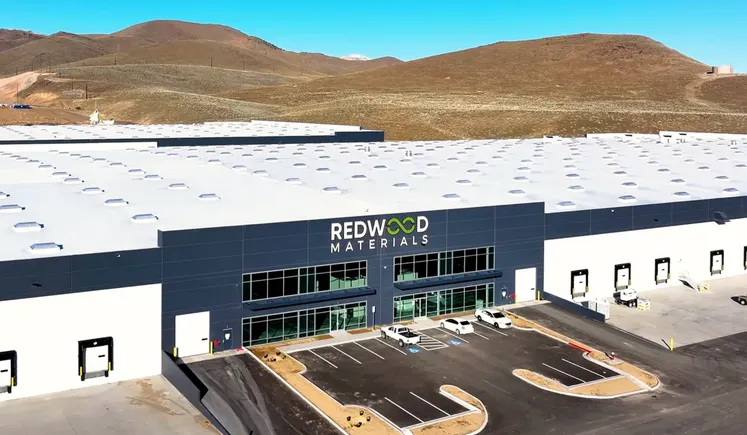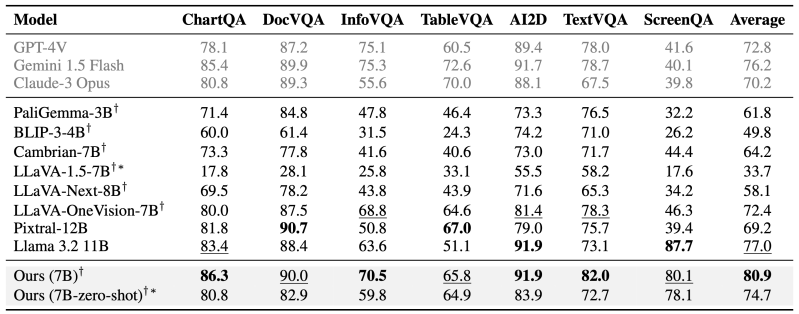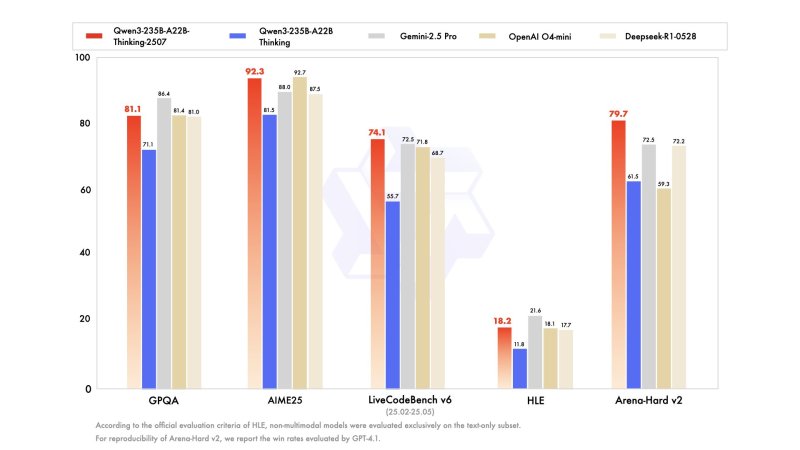
CSI enables passive, privacy-preserving sensing that can operate through walls and in low-light conditions, making it ideal for smart home, security and health monitoring applications. Wi-Fi-based home monitoring leverages the ubiquity of wireless networks to create a sensing fabric across homes. Unlike cameras, Wi-Fi signals naturally penetrate walls and furniture, allowing motion detection across rooms without requiring additional hardware or wiring.
As noted in recent research, this contactless sensing model can be integrated into commodity devices like routers and smart bulbs, offering a cost-effective and unobtrusive solution for home awareness. In fact, a large-scale deployment spanning over 10 million routers and 100 million smart bulbs has shown that these methods can detect motion with over 92% accuracy in real homes. These systems also integrate seamlessly with our existing Wi-Fi data streams, avoiding any disruption to normal internet usage.
In one testbed, researchers were able to distinguish between a person walking versus standing still with over 90% accuracy using only CSI features. Recent deployments reduce false positives from pets and appliances by learning motion characteristics such as gait and speed. By treating our motion as a biomechanical signal and not just a fluctuation, these systems can distinguish between a walking person, a dog and a vacuum robot. Such capabilities make ambient sensing possible using infrastructure that already exists in homes today.
Radar technologies for smart homes
Another powerful frontier for passive wireless sensing is radar technology, built on a simple core principle: project RF signals into a space and interpret distance and motion from their reflections. This concept, long used in the automotive industry for proximity detection and parking assistance, is now being adopted into indoor environments. Technologies like mmWave, UWB and ultrasound offer radar implementations that can detect presence, gestures and even human vitals.
When RF signals bounce off moving objects, they undergo a Doppler shift that alters their frequency. This change enables radars to detect not just motion, but also its speed and direction. The Doppler effect is especially useful in applications like gesture recognition, breathing monitoring and vehicle tracking, where capturing subtle motion is critical. Unlike basic motion sensors, Doppler radar provides velocity information in real time, enabling sensing experiences with high temporal resolution.
Ultra-Wideband (UWB) radar has a large bandwidth, which enables it to transmit short pulses, enabling high-precision time-of-flight distance and Doppler velocity measurements. UWB is particularly effective for identifying human activity, including respiration and fall detection, while operating with low power consumption and making it ideal for battery-powered devices. Operating in the 3–10 GHz spectrum, UWB typically supports a range of 10–15 meters and performs reliably through walls and common obstructions. It’s often used for indoor localization, human presence detection and monitoring of vital signs.




